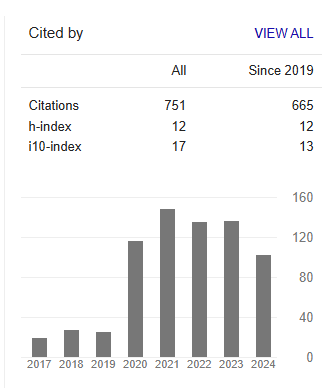The Analysis of Yellow Fever Virus Antigen in Human Serum from Epidemic Areas of Tianjin Port, China, 2013
Abstract
Qi Jun, Bi Yu, Niu Guoyu
Objective: To investigate the prevalence and distribution characteristics ofyellow fever virus(YFV) antigen in human serum from epidemic areas in 2013.
Methods: The people from the yellow fever epidemic areas of Tianjin port were selected as study object.260 samples were collected together with detailed personal information. And each sample contained 5ml venous blood. Indirect ELISA was used to detect YFV antigen. The dengue virus antigen and west nile virus antigen were also detected in positive samples to reduced cross reactivity. Positive rate was calculated. Statistical methods were used to compare the differences of the positive rates between different countries, genders, ages, occupations and entry time.
Results: All respondents came from Africa and South America. The total positive rate of serum antigenofYFV was 11.54%(30/260). Of which, the positive rates of African and South American people were 12% and 10.91%, respectively. The positive rates of male and female were 11.88% and 10.34%, respectively. The positive rate of >40 year old age group was the highest, up to 14%. In the time distribution, the positive rate of fourth-quarter entry personnel was up to 15.91%.There was no significant difference in positive rate between different countries, genders, ages, and entry time, except occupations. Workers engaged in labor service positive rate was 35.71%.
Conclusion: TheYFVantigen positive rate of people from epidemic areas in 2013 was high. These people carrying pathogens pose a threat to public health security of China as a potential source of infection. There was a significant difference in the detection rate of YFV antigen among people with different occupations.



